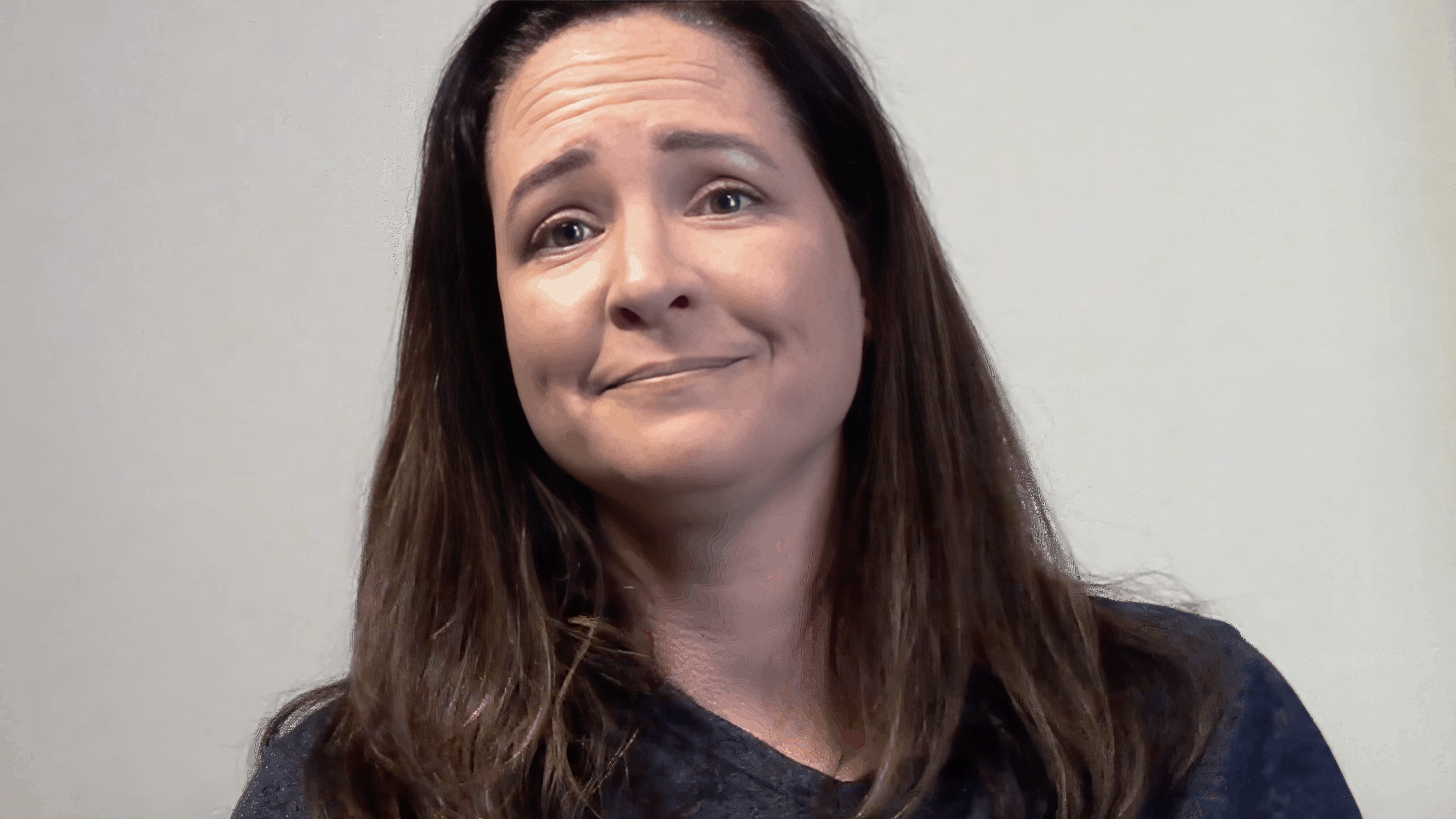Understanding ADHD: Scott's Journey
Having your son’s ears tested in an optometrist’s office? “Crazy,” thought Allison Suhowatsky, Scott Harvey’s mother.
But “crazy” proved to be the flip side of “magical” for 10-year-old Scott, who had been diagnosed with attention deficit hyperactivity disorder (ADHD).
The Power of the "Magical" Z-Bell Test℠ & Eye-Ear Synchronization
Scott began sleeping through the night – “something he had done only a handful of times before,” Allison says – when he started wearing a pair of tinted lenses prescribed by Deborah Zelinsky O.D., founder and research director of the Mind-Eye Institute in Northbrook, Ill., following that “crazy hearing test.”

“One expects to get eyeglasses for 20/20 eyesight, but these were magical,” Allison states. “Scott wore them for less than a minute twice a day, but now he was getting the all-night rest he needed to relax his body and help him better process his day,” says Allison.
Just as importantly, Allison noted that Scott was beginning to overcome some of his learning and concentration struggles at school, and “his irritability decreased.”
“The lenses affect brain pathways other than eyesight and do not need to be worn for a long period of time to have a lingering effect,” according to Dr. Zelinsky.
How Eye-Ear Imbalances Were Discovered at the Mind-Eye Institute
Allison first took Scott to the Mind-Eye Institute on the recommendation of her son’s physical therapist.
During that initial appointment, Dr. Zelinsky had Scott “watching items on a screen to check his eye tracking, reading from a book and looking at various images. Then, she wanted to evaluate his hearing, and I’m thinking his hearing is fine. Why go to an eye professional for a hearing test?”
“His eyes and ears are not connecting; let's change that."
Mom quickly found out “why.” Using her patented Z-Bell Test℠, Dr. Zelinsky asked Scott to close his eyes and then reach out and touch a small bell that she was ringing near him. He couldn’t.
“Scott is flailing his arms trying to find the bell, and I am wondering, ‘What is going on here? What’s the problem?’” Allison says.
“’His eyes and ears are not connecting; let’s change that,’” Allison recalls Dr. Zelinsky telling her.
Why Do Therapeutic Eyeglass Prescriptions Work?
The right mix of filters, lenses and/or prisms can readjust a patient’s visual balance and eye-ear connection by altering the way light disperses across the retina, explains Dr. Zelinsky. “The retina is a piece of brain tissue. That’s why changes in lighting levels on the eye will affect how the brain interprets and reacts to information about the environment and can impact a person’s awareness, movement and selective attention to sound.”
Unlike standard eyeglasses that merely correct central eyesight, eyeglass prescriptions developed through the Z-Bell Test℠ are therapeutic, bringing patients like Scott relief for a range of symptoms caused by eye-ear imbalances, brain injuries and other neurological issues, including learning problems such as ADHD.
Dr. Zelinsky determined the most appropriate eyeglass prescription for Scott by putting different lenses and tints over his closed eyes until he could readily touch the bell.
The Plan to Graduate Scott from Therapeutic Eyeglasses Altogether
Since that first appointment, Scott has received updated eyeglasses with prisms, which he wears most of the day, Allison says.
The prisms, says Dr. Zelinsky, bend the light in ways that optimize the relationship between central and peripheral receptors in his retinas, while improving the connection between his eyes and ears. “They act like training wheels on a bicycle – used for a short time until the patient can do the skill themselves without help.”
“These temporary glasses are changing Scott’s life,” Allison adds. “They are helping him better understand where he is in his body – and in space.
“Dr. Zelinsky said she would help Scott’s problems by using 21st century research – and she has.”

